Indepth: OTT players’ regional gamble – How to get it right – Part 3
The rapid up-take of connected devices, especially smartphones and tablets, has been instrumental in media consumption shifting beyond traditional media formats such as broadcast and cable TV towards digital mediums. According to an EY report, the Indian digital segment is set for disruption with growth expected to cross Rs 20,000 crore by 2020.
Driven by the exponential growth of video consumption over digital media, video OTT platforms have been key focus areas for the leading media conglomerates and start-ups alike. The market is also observing entry of large global digital video players (Netflix entered India in early 2016, while Amazon Prime Video was launched in December 2016). Today, India has 8-10 mainline OTT platforms and over five SVOD platforms, including Eros Now, Hotstar, YuppTV, nexGTv, Ditto.
Content genres like entertainment, sports, and kids are emerging as the key focus areas for the platforms. Most of these players are at early stages of their maturity and are focusing on rapid consumer aggregation and driving engagement.
Live OTT – while still in early days – is garnering a sizeable audience base, led by news, events and sports. An average of just 30 minutes of live programming per day can add up to 20 per cent to a platform’s viewership
Meanwhile, the preference of the Indian consumers towards vernacular and regional language content is constantly on the upswing, with 93 per cent of the time spent on videos in Hindi and other regional languages. Currently, 45 per cent of online users consume regional language content and this percentage is expected to increase with the growth of internet users. Apart from Hindi, the most preferred Indian languages include Tamil and Telugu, followed by Marathi, Bengali, Bhojpuri, Kannada and Malayalam. Although viewership in OTT space is more urban centric, it is changing rapidly because of growing internet access and the Digital India initiative.
Two of the major OTT players – Hotstar and Amazon Prime Video – are among those aggressively working towards providing more regional and localised content to the Indian audience. Hotstar benefits from being owned by a powerhouse in India’s entertainment space of broadcasters, Star India. This allows Hostar for in-house license to widely-watched content from a dozen cable (such as Star Plus, Star Vijay, Asianet, and National Geographic). Likewise, Amazon Prime India made a splash at launch by announcing a platter of 17 original Indian shows, from the likes of Farhan and Zoya Akhtar, Vikramaditya Motwane, and All India Bakchod. When it comes to acquiring content, Amazon has depicted a bigger focus on Indian regional content than any other, with films available in six different languages, such as Bengali, Tamil, etc.
With the growing clout of Tier 2 and 3 cities and towns, regional content is set to contribute 35-40 per cent of the viewership in the next 5 years. As per a recent KPMG Google report, by 2021 about 40 per cent of the total user base will be Hindi, and next the bigger sets are Bengali, Tamil and Telugu.
The scope and potential for regional content in the OTT space is immense. Adgully takes an Indepth look at the growth of regional language content in OTT in this three-part feature report. In Part 1 of the report, we delved into the various factors contributing to the growth of regional content, the categories and genres that are driving this growth, why OTT players are bullish on regional content and more. In Part 2, we highlighted the pain points that are hampering the more widespread adoption of regional content in OTT.
In Part 3 and concluding part of this series, we analyse the viewership factor as well as how the OTT players are general original content in regional languages. We also crystal gaze into the road ahead.
The viewership game
Uday Sodhi, EVP and Head-Digital Business, SonyLIV:
“Currently 45 per cent of online users consume regional language content and this percentage is expected to increase with the growth of internet users. The growth is expected to be fueled by availability of low-cost smart phones, low rates of data plans and development of smart cities in rural areas. Also, the preference of the Indian consumers towards vernacular and regional language content is constantly on the upswing, with 93 per cent of the time spent on videos in Hindi and other regional languages. The rural internet population comprises 33 per cent, while it is expected to reach 50 per cent by 2020.”
“We are identifying markets that are under served by digital and have strong local content and we are trying to see the consumption patterns and take a start point from there. In the recent past, SonyLIV has created shows in Gujarati and Marathi, which is being followed by more languages. Our platform will showcase more regional content going forward.”
Manav Sethi, CMO, ALT Balaji:
“The top most is Hindi, of course. Followed by Hindi are Bengali (released the trailer of the show ‘Dhimaner Dinkal’ and we saw spike coming from not only India, but also from Dhaka), Tamil, Telugu and Gujarati.”
Abhesh Verma, COO, nexGTV:
“Hindi, Tamil and Telugu are the most popular regional languages in the Indian OTT space. While we do have more viewership in the urban landscapes, the demand from the rural markets is increasing with every passing day. However, as the tech infrastructure and internet accessibility improves in the rural India, we are confident to gain significant traction there.”
Manasi Sapre, Programming Head, Viu India:
“The top languages besides Hindi and top suspects like Tamil, Telugu, followed by Marathi, Bengali, Bhojpuri, Kannada and Malayalam following the suit. Viewership in the OTT space in general right now is very urban centric, but it is changing rapidly because it also depends upon smartphone penetration, internet access, and Digital India initiatives. We are experiencing faster movement in this fast paced medium, where India is leading in smartphone consumption and internet consumption. And the way it is expanding to bigger and smaller towns, it is a clear indication that tomorrow we can see a very equal mix of OTT space and the sooner the better, because it gives an opportunity to serve a larger pie of the audience.
Getting the mix right
Manav Sethi, CMO, ALT Balaji:
“We are airing one Tamil show, which is of 10 episodes each of 30 minute duration. By end of October, we were aiming for about 900 minutes of content and by the end of this year we expect to have about 1,000 minutes of content. We are also introducing stand-up comedy as a genre in regional language (Marathi). In the next four quarters we are going to have new shows in regional languages like Bengali, Tamil, Telugu, Gujarati and Punjabi. We are also looking for interesting ideas and scripts to churn out more shows.”
“Since our product is digital in nature, we largely go where our consumers are, across whatever platform they consume, beyond Google, Twitter and Instagram. Whatever they consume online we try to communicate and create trial triggers on those platforms, whether it is Amar Ujala online or Ananda Bazar Patrika online. As a platform, we don’t spend money offline because our consumers are online and our offerings are also online. Ninety per cent of our total marketing spends are on digital itself.”
Manasi Sapre, Programming Head, Viu India:
“We have close to 200+ hours of regional content currently. Every month we are adding 15-20 hours onto it. This is our work in progress for expanding our already established market dominance in Telugu. Shortly we should be able to go public on how we plan on regional expansion beyond the Telugu market. Roughly one-third of our overall OTT content is comprised of regional content. However, it changes every month.”
Uday Sodhi, EVP and Head-Digital Business, SonyLIV:
“We endeavour to provide the best content available to over viewers and we will continue to do that to build a more engaged and loyal base. We are currently identifying markets that are underserved by digital, but have strong local content and historically have shown a greater affinity towards language of their choice and region.”
Abhesh Verma, COO, nexGTV:
“It has been our endeavour to follow a diverse mix of content, comprising popular and critically-acclaimed content in multiple languages. We keep on revising the content catalogue in order to provide our users with the most entertaining and latest solutions.”
Creating awareness
Manasi Sapre, Programming Head, Viu India:
“Creating awareness about the platforms available is very important. We have more of a comprehensive and 360-degree approach to our current brand TVC. We are very focussed on digital marketing. Every show that we launched under the Telugu bracket has a separate Facebook page devoted to it. They also have a playlist of their own on YouTube. We are strong believers of the digital medium, so we have focused on having ample digital promotions for both regional and Hindi shows. We do not discriminate between the two as we do not believe in regional or mainstream, but only in good content and bad content. In our Slate 1 shows, the response was tremendous, therefore, we decided to produce a third show made by a Hyderabad-based media house as the set-up was from there. Our approach was to substantiate the show with ample regional promotion which is beyond Hindi. Though I won’t be able to share the cost factor, suffice it to say that it is at par with industry standards.”
Uday Sodhi, EVP and Head-Digital Business, SonyLIV:
“We promote regional content like the any other content piece that will help in reaching out to the relevant target audience in the relevant market of interest.”
Manav Sethi, CMO, ALT Balaji:
“We have reached out to many production houses, new school of writers and producers, who would venture out beyond the 2-3 hour movie format and create entertaining content in his own way. The first Tamil show that we launched was with a well-known producer named Padmini Kutty.”
Abhesh Verma, COO, nexGTV:
“We prefer advertising and promotions via digital platforms as the same provide us with the most qualified leads and better prospects.”
The road ahead
Uday Sodhi, EVP and Head-Digital Business, SonyLIV:
“Regional content has an enormous potential. We are glad to be the pioneers in setting the trend. Launch of the first ever Marathi web series – ‘YOLO’ – on SonyLIV had underlined our commitment to deliver the most appealing original content across the traditional boundaries of genres, languages or geographies. ‘YOLO’ is India’s first-ever original regional language web series launched by SonyLIV. Post the success of ‘YOLO’, we launched a Gujarati web series – ‘Kacho Papad Pako Papad’. We are committed towards providing the best of entertainment to our audiences across genres and therefore, introduction of innovative and fresh content in all categories is definitely on the cards.”
Abhesh Verma, COO, nexGTV:
“It is one of the most exciting times to be present in the OTT space. The demand for regional content is increasing, and we have a unique opportunity to claim our share by providing the most captivating entertainment solutions to our users.”
Manav Sethi, CMO, ALT Balaji:
“Our platform is progressing phenomenally. We launched in April 2017 and within 5 months of our launch we got more than 10 million viewers who watch our content live or on mobile.”
Manasi Sapre, Programming Head, Viu India:
“The road ahead has started with Slate-2 Telugu, which is ‘social’ and a few more exciting shows for our Telugu audience. In Hindi, we have two shows launched by the Vikram Bhatt camp, including ‘Spotlight – 2’, which is about the dark side of the music industry. It’s about a rockstar-performer, who is a little self-destructive and with the help of his ex-girlfriend he strives to get back on the charts. This is the first digital musical show in India to be presented through this medium. Another show by Vikram Bhatt is called ‘Memories’. A few more regional shows have also been commissioned. In 2018, we are planning to put our market leadership into key markets.”



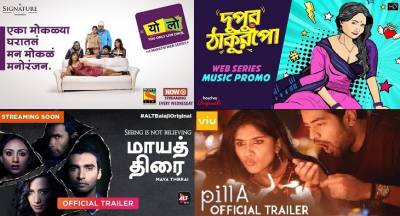
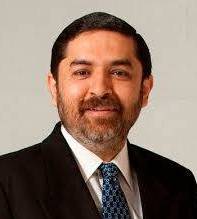
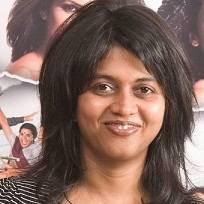

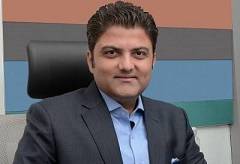

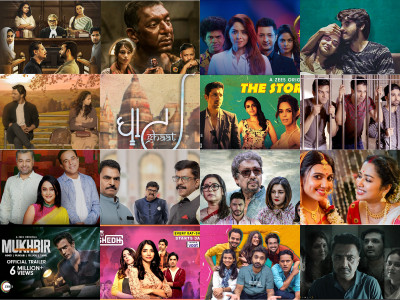
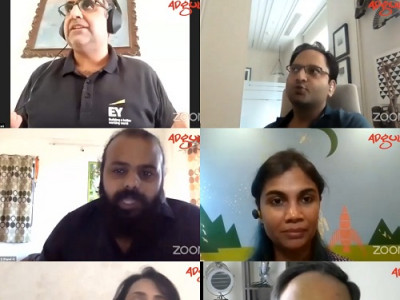
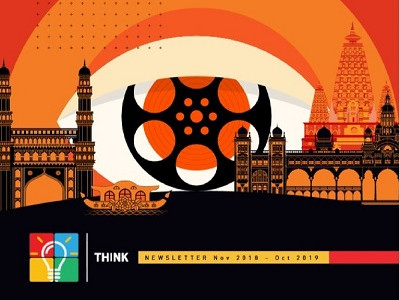

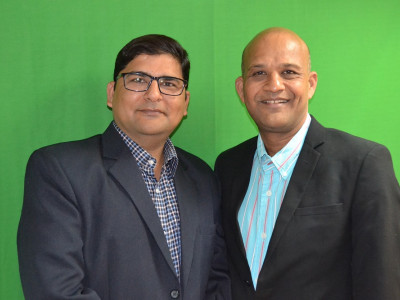
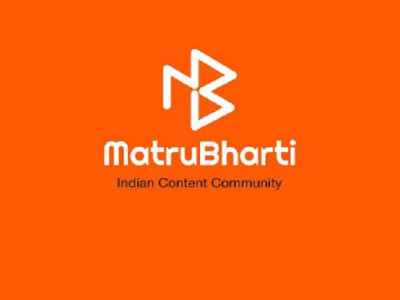
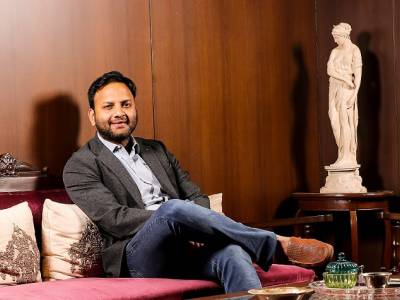

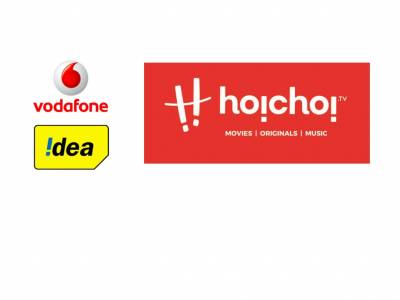




Share
Facebook
YouTube
Tweet
Twitter
LinkedIn